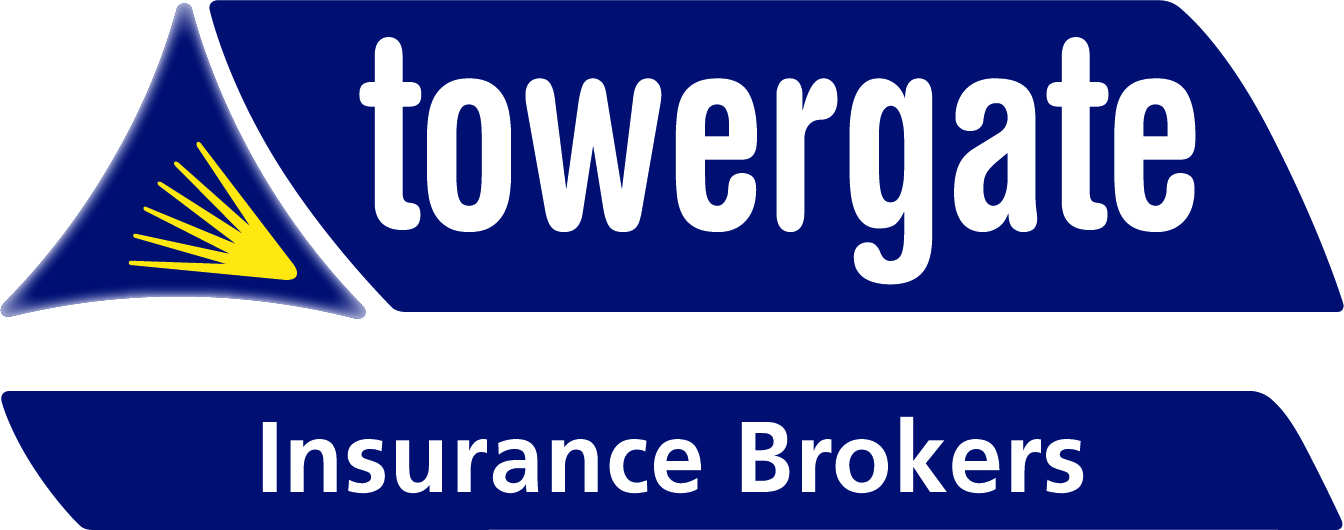

National Apprenticeship Week – Ian Goodwin, Partner – Employment Tax at Mazars shares the key benefits of putting apprenticeship schemes in place
Member News
Ian Goodwin, Partner – Employment Tax, Mazars commented: “Apprenticeships can be a core part of how businesses train their employees. And, ever since the introduction of the apprenticeship levy, it can also help with cost management, staff retention and recruitment, plus of course business growth. Facing into what is set to be a challenging year, with various economic headwinds, it’s important businesses maximise available allowances. And National Apprenticeship Week is a timely reminder of the benefits hiring apprentices or putting apprenticeship schemes in place can bring.”
Ian Goodwin shares the key benefits of putting apprenticeships schemes in place.
- There is no employer Class 1 NIC liability on qualifying apprentices’ pay
Those businesses employing apprentices under the age of 25 will not have to pay any employer Class 1 NIC on their salary (unless earning in excess of the Upper Earnings Limit (£50,270 for 22/23) for NIC purposes which is very unlikely!). This represents a significant saving for employers.
- The Government tops up your Levy Pot by 10%
For businesses that are liable to the apprenticeship levy, this means there will be additional funding to pay for training on top of what organisations have had to pay in.
- There are grants available for certain qualifying apprenticeships
Businesses can get £1,000 to support apprentices aged 16 to 18 and those between 19 to 25 years old if they have an education, health and/ or care plan or they used to be in care. Businesses might also be eligible for a payment if they hire an apprentice who was previously made redundant.
- Using apprenticeships promotes progression and supports retention and recruitment
To encourage ongoing employee development, employers should look at how apprenticeship programmes can be used at mid and senior management / executive levels. This can help retain key individuals, ensure the best talent can be attracted and help the business ultimately grow.
- Training as a reward
Employers should consider how training and apprenticeships are utilised as part of employee reward, given that skills development is often a key valued employee benefit.
This is something to consider for those more senior in the organisation too, especially if they are looking at embarking on an MBA, or similar training programmes that could cost in excess of £20,000 – potentially a similar programme might be available as an apprenticeship.
As apprenticeship training is undertaken generally by accredited third party providers, it can also help employers innovate – vitally important when costs are tight and competition is fierce. Business might be able unlock Research & Development opportunities too.
- Lower National Minimum Wage limit for Apprentices
There are specific pay rates for apprentices under the age of 19, or in the first year of their apprenticeship. This can help manage the complex technicalities of NMW compliance, given it may provide greater headroom where paying apprentices amounts in the region of the National Living Wage or at the Voluntary Living Wage limits.
Apprenticeship pay is a key risk area and HMRC will review it as part of a NMW audit (further demonstrated by the Low Pay Commission’s recent report) so it is important to carefully consider apprenticeship pay and reward.


















